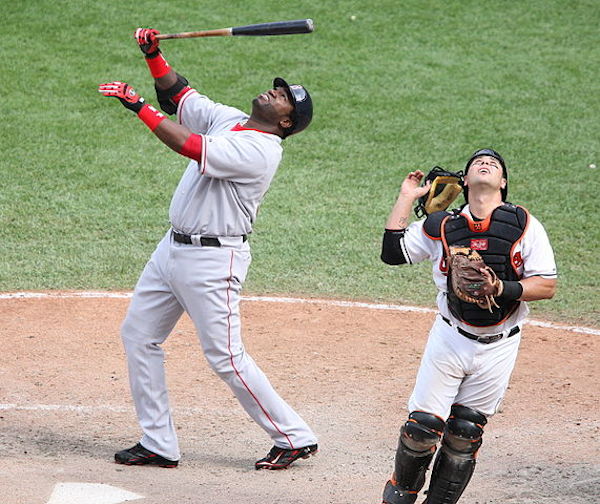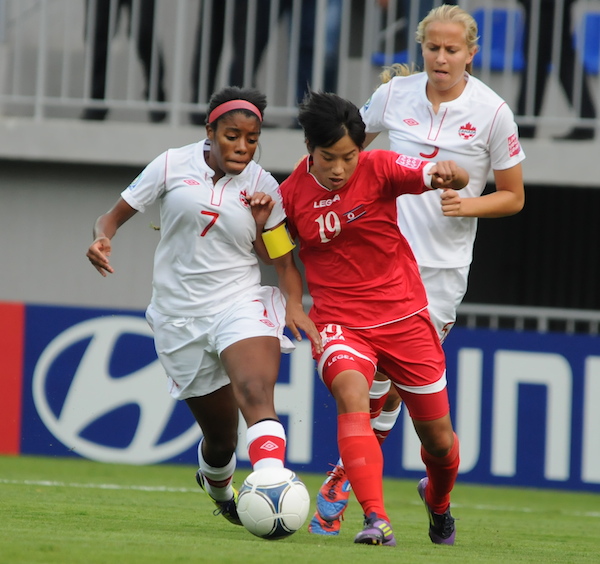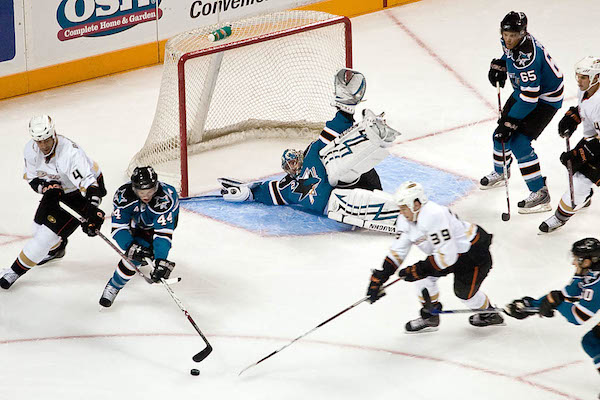When Americans think about betting on sports, our first thoughts usually turn to football and horse racing. Over in England and Europe, the sports to bet on are soccer and tennis. To explain how betting works in tennis, I called on Luke Rees, a British sports fan and writer. Here’s what he wrote:
When placing a bet on a tennis match, it can often be quite confusing to interpret the various odds available. There are numerous markets to pick from, and also many different options for those looking to boost their profits, meaning punters often decide to stay clear of the tennis game.
This article will outline the basics of reading the odds, and provide advice for tennis spectators who want to make the game a little bit more interesting.
Betting On the Money Line
Money line bets are the most basic and popular market in tennis (and the majority of sports for that matter, including horse racing). Essentially, the bookies provide the odds on the outright winner of a match, and you simply pick your favorite for the win. The favorite in a match is given a negative (-) money line, and the underdog is indicated with positive (+) money line.
Here’s an example:
- Andy Murray -190 (favorite)
- Vasek Pospisil +300 (underdog)
- Negative money line: this indicates the amount of money needed to bet in order to win $100 in profit. So, in the example above, it would require a $190 wager on Andy Murray to win $100 in profit, for a total pay-out of $290.
- Positive money line: this indicates the amount of money that would be won from a $100 wager. In the example above, a $100 bet on Vasek Pospisil would result in a $300 profit if he wins the match, for a total pay-out of $400.
The first step to take when making a bet is to look at the money line and decide if it is worth taking out a bet. For instance, you may decide that betting on Pospisil is not worth it at 4/1 odds ($400 return for $100 bet) because Murray is currently the strong favorite. But say the money line on Pospisil was 8/1 or +800: you might have a different opinion if you stood to make a $900 return.
The money line is used not only for individual games, but also for betting on a player to win the tournament outright. This is commonly referred to as Outright Winner betting: you can see some Wimbledon outright winner predictions at Bookmakers, for example.
Betting ‘Each Way’ means you place two bets, one on the player to win the tournament and one on them to finish in the top 2 places (i.e. to reach the final).
The Handicap Market
The handicap (or HCAP) market is another popular market. This is because rather than predicting the outright winner, you are instead betting on how a certain player performs. A handicap market simply means that one of the players is given an advantage at the beginning – usually by adding a certain amount of games to their overall score.
Let’s take the same tennis example. This is how it might look:
Andy Murray -7.5 -190 vs. Pospisil +7.5 -190
The money line is even on this bet, what has changes is the handicap. In both cases, a wager of $190 would bring back a $100 win if the right player is chosen. The pay-out is even, because the spread has balanced out the competition between the two players.
Imagine that this is the result from the match: 6-3 6-4 6-4
Totals Games Won – Murray 18 vs. Pospisil 11
As you can see, despite losing the match in straight sets, a bet on Pospisil would have actually been the winner in this case. The handicap of +7.5 games for Pospisil gets added to his 11 games won to give him 18.5 total. That is a half-game ahead of Murray in this case, and so a bet on Pospisil would be paid out.
Betting on Accumulators
One final interesting way to bet – if you’re feeling especially confident and want to boost your profits throughout a tournament – is to place multiple bets on a series of matches. These are known as Doubles, Trebles, and Accumulators. For the bet to come through, you have to get each result correct, otherwise there is no pay-out.
Imagine a $30 single bet on Novak Djokovic to beat Andy Murray at odds of -250 (or 2/5) returns just a $10 profit. This may not be particularly appealing, so to make it more worthwhile you could put down a treble on three different games. If all of them pay out around -250, your $25 stake will make you $50 profit. After each correctly predicted match outcome, your profits go up exponentially.
With the tennis season well underway, and the U.S Open just around the corner, now’s the time to get down to the bookies with your new betting know-how. But always remember, never bet what you can’t afford!
Luke Rees is a sports writer and enthusiast from London, UK, who likes to cover tennis, cycling, and football (or soccer to y’all). His most memorable sports experience was watching Federer and Roddick in the Wimbledon final in 2009 – he was rooting for Roddick, but Federer absolutely smashed it!





